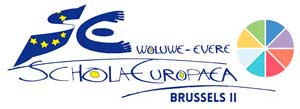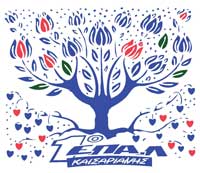
Media literacy in schools: an unfinished task
04/03/2024 Docheck
The DoCHECK! study highlights the urgent need to strengthen media literacy to help young people detect misinformation
In the current, dynamic and globalized information context, concern about the influence of misinformation on the population has become a fundamental issue. Young people, digital natives and active users of social networks have not only become clear targets of hoaxes but also unwitting spreaders of false content.
To gain a deeper understanding of the impact of misinformation and explore which measures may be most effective in the field of media literacy, the DoCHECK! project has conducted a study on how misinformation affects young people.
The findings provide a basis for the creation of educational materials that will help foster critical thinking and the use of digital tools to discern accurate information from false information.
What does academic literature say about media literacy in relation to misinformation?
Media literacy has emerged as one of the main pillars in the fight against misinformation, playing a key role in empowering young people to navigate critically in the information ocean. This method involves understanding different media, techniques and languages and providing the necessary skills to decipher information. Therefore, the role of teachers and educators requires additional guidance to act as a shield against misinformation.
To achieve this goal, the report produced by DoCHECK! has followed a methodology that combines a review of academic literature and an active search for relevant initiatives: academic articles and publications related to media literacy using platforms such as Google Scholar and Dialnet to identify the most relevant studies in the field.
Furthermore, a search for media literacy-related projects focused on combating misinformation has been conducted using various sources, such as educational organization websites, government reports, research projects, academic databases and specialized portals.
The study reveals that media and information literacy remain pending issues in secondary education curriculum.
Teachers ensure that they are not adequately prepared to address this issue and that their intervention in media education is occurring at a late stage, as access to media content and social networks via mobile devices is happening at increasingly younger ages. According to the report, misinformation among young audiences is based on pseudo-informative content that appeals mainly to emotions but lacks utility in decision-making.
Meanwhile, student results reveal that they obtain information mainly through social networks, television and family or friends groups, face difficulties in distinguishing between information and opinion, and although they consider themselves capable of discerning between real news and hoaxes, more than half of them cannot differentiate between fake news and authentic news.
According to some teachers in these schools, there is a critical lack of media discernment among students, driven by compulsive consumption of audiovisual and digital content.











